|
"The #1 Reason People Give Is Because They Are Asked"
This slogan was emblazoned on posters in nearly all of the call centers where I have worked. Asking, almost as much as relationships, is key to successful fundraising. I have said that new major gift officers should be made to spend some training time in the call center, asking. The concentrated experience in persistent asking would accelerate their learning curve. This truth that asking is at the core of fundraising was brought home to me recently from an unlikely source: my 18 month old son. My 6 year old daughter had just received $5 from her grandmother to get a "subaru" (her word for a souvenir) on our next trip. My baby son stood in line behind her and waited patiently for "his" money. Obviously, the baby didn't need $5 but she hunted in her purse and gave him a dollar. He was quite pleased with his results. (See photo above). I posted the cute picture on Facebook and someone said "Oh gosh, another fundraiser in the family!" and I realized the meaning of the photo. My mother gave because she was asked. It didn't occur to her that baby boy had a need until he expressed it. He asked and was rewarded. Donors can have a relationship with us, admire our organizations and the work those institutions do in the world and still not give to us financially. If we do not state our needs and desires and set expectations about the kind of support we want to receive by ASKING, we will not get the gifts. You must ask. In order to have a productive phonathon program, it is necessary to begin by answering the question: “Why is phonathon an important vehicle for fundraising?” Answering this question will provide clearly articulated goals that will help guide and drive fundraising philosophy.
Phonathon is an important vehicle for annual fundraising because it uniquely provides:
The five pillars listed above provide a framework for decision-making about all annual giving vehicles and thinking about how your phonathon accomplishing each of these goals will help phonathon managers and annual giving directors to lobby for the phone program, advocating for its many strategic uses throughout the year. When you are talking with decision makers around campus, make sure you don't just focus on the dollars that you phonathon raises. Make sure you show how many new major gifts that year began as annual fund gifts. Make sure you note how many addresses you updated and emails you acquired. Make you tell how many new donors and alumni you got to make their first gift. And make sure you cite how many conversations happened (whether or not they resulted in a gift). It is almost always true that phonathon talks directly to more constituents of a university than any other single entity on campus. Make you also mention how many student jobs your call center provides. Give a holistic picture of all that a phonathon program adds to the life of your institution. 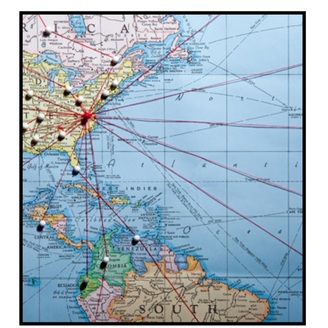 Deciding where you need to go is the first step to planning your travel. In the absence of wealth screening data or other ratings, I've found it helpful to run a list of every donor who has given $1,000 or more in the last 5 years to my institution. That provides me with a basis for deciding what major metropolitan areas I should visit over the course of the next year. Then you'll need to decide on your travel method. I have used car, plane and train to get where I need to be and each has its own set of pros and cons. You will need to try out different methods and develop your own personal preferences of course. For flights, I start with kayak.com. I like it because I am close to at least 5 possible airports and Kayak gives you great results for looking at nearby airports. This means I can quickly see which airport has the best possible prices for my organization's budget. Then I also check out Southwest too. Southwest airfares won't be in any of the standard databases or searches. Once I have decided on the exact flights I want, I go over to expedia.com because I can pick my exact seat on every flight. This is useful if my family is traveling with me (as they do from time to time) because I go back and purchase the same exact flights with my personal card and select the seats right next to mine. I'm a Hilton Honors member, so I often make that my next stop. (It doesn't matter which loyalty program you join but you will want to join one of them.) I use the Hilton website in close concert with Google Maps because I want to know where my hotel is compared with the home and office locations of most of the donors I need to see. I especially need to know how close everything is so I know whether I require a rental car. I find I'm partial to Embassy Suites, Homewood Suites, and Hampton Inn brands. They have tea always available in the lobby, generous breakfast and most have laundry on site (a must if you ever travel with kids). For rental cars, I like priceline. I try to avoid doing rental cars whenever I can use public transport and/or taxis to get to my visits. When I must have one, I'm not loyal to any one vendor. Price is the big factor. When I arrive, I make extensive use of Google Maps and also Yelp to find places nearby to eat. To make reservations for donor lunches or dinners, I like Open Table. I also like a little history app called Clio. If I'm ever waiting anywhere, I just pull this up and the app shows me all the historical sites that are nearby. It's a great way to get to know a city even if you are too busy to actually go see much of it. I have a very specific way that I prep documents for my travel too. Check back for that post next week. For many in the fundraising world, this week marks the end of the fiscal year and the beginning of another.
No matter how rough or chaotic this fiscal year may have been for you and your team, the good news about annual giving is that you get a chance to start over every July 1st (or whatever date your new year begins). Not every area of development has his benefit of a clean slate each year. Building campaigns must get done no matter the date on the calendar and if you come in the middle you can't start over, you have to start where you are and figure it out. So, take this chance to plan out your new year. Every mailing, every thing you did this year whether it was successful or not has provided you with valuable data in order to move forward in knowledge. Like New Year's Day, make some resolutions for this new year. Resolve to have a plan. Resolve to produce quality work that raises serious dollars for your organization. Resolve to be proactive and not reactive. Resolve to make this year better than the last one. Video is such an amazing tool for connecting with donors. I love finding gems of inspiration on youtube. So, to keep this Friday fun, here's some of the funniest advancement and fundraising videos I've seen. These first two are from the first Face of Y'ALL campaign (Young Alumni Leaving a Legacy), which was a tremendously successful young alumni campaign from the University of South Carolina. Some of my Carolina Callers were included in this first video. The second video is a creative way to use the president and a mascot to hilarious effect. Dr. Sorensen even had a stunt double for that video but I've been sworn to secrecy about who it was. I'm so envious of this video from Bowling Green State University. What a dream to have donors with such a great sense of humor! This video not only celebrates their giving but surely it inspires others to get involved. What a wonderful thing! And I can't do a video post without some awesome flash mobs!! 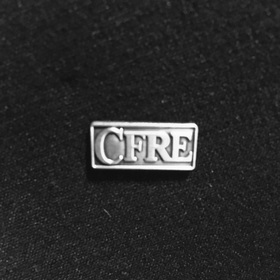 Twice in the last month, I’ve been asked for advice about becoming a Certified Fundraising Executive (CFRE). I’m sure some of you have thought about what it would take to earn this designation. I thought I would share my experience. Applying for the CFRE is actually very easy and user friendly. Visit www.cfre.org and create a log-in. From there, you can begin working on your application. I recommend doing this anytime you think about it. You can create a profile and compile the data you need whether or not you plan to apply soon. It doesn’t matter if you never actually apply. You can come back to it and track each conference right after you get back. This system will give you a clear idea of how close you are to meeting the requirements. It’s a bit of a myth that you need those little CFRE credit sheets from every conference you attend. As long as the session was sponsored by a reputable organization (Association of Fundraising Professionals, Council for the Advancement and Support of Education, Academic Impressions or others like them), you probably will just need the session details. You will need the title of each session, the name of sponsoring institution, and the date. Due to a recent change, all volunteer or service work will be counted under “Education” now. You also get points if you have an advanced degree. You will also need to produce evidence of professional practice (the time you have been a professional fundraiser) and professional performance, which can include dollars raised, management projects and communications projects. For dollars raised, if you are a campaign manager or annual giving, you get credit for dollars raised under your management. I was the campaign director for a completed building campaign, so I got credit for those dollars since I ran that campaign from the beginning. For the management projects, I submitted an inter-office “white paper” I wrote that outlined a plan to improve the way that development officers requested written proposals and recorded building naming opportunities. These projects required coordination across multiple divisions including advancement services, major gift officers, executive officers and communications staff. The CFRE software assigns the points as you enter the information and shows you clearly when you have a “green light” on a particular section. When you have been approved to apply on all sections, you will need to come up with a plan for paying the Exam Fee. Currently, for initial certification, the fee is $875. If you are a member of a participating organization (like AFP), it’s only $700. Most organizations will cover the cost if you express the interest early and include it in your budget request for that fiscal year. After you apply, your materials will be evaluated and if all is well, you will receive an "Approval to Test" notification. That test is a beast of a unique sort though, so I’ll save the information about the CFRE exam for another post. Your phonathon contact rate is a metric that measures your data integrity. It answers the question: How often does a completed call result in a solicitation of the correct individual?
Contact rate is defined as the percentage of your completed calls that are actual contacts. The formula is number of contacts divided by number of completes. As previously stated, all contacts (pledges, refusals, etc.) are completes but there are also other non-contact completes including deceased, wrong numbers, do not calls, disconnected, etc. If your contact rate is 36%, this means that out of 100 completed calls, you are only asking 36 people for a gift. The other 64 calls are marked as wrong numbers, do not calls, etc. It is difficult to raise money in this data environment. A strong contact rate would be in the 60-70% range. The more times that you talk to the correct person, the more chances you have to raise money. When contact rate improves, it becomes easier for the callers to raise money because they are making more solicitations per hour of work. When contact rate improves (even when call technique and caller performance does not improve), raising money becomes magically easier. So, if you have a contact rate problem, what are some inexpensive ways that you can begin to improve this metric? My first recommendation is always, begin with basic research. Basic level research is a two-step process:
Essentially, this process looks for people who have recently moved and then searches for whether there is a phone number at the new address. These two services are very inexpensive to undertake but are the foundation of a strong research program for phonathon fundraising. You should check with your advancement services staff to see if NCOA is being done regularly. Oftentimes this is standard procedure for advancement services to run an NCOA but a regular phone append process is less common. If your shop doesn’t already do this, begin lobbying for this to take place. I would recommend NCOA be done quarterly and a phone append annually or once per semester. Another thing to keep in mind as you inquire about this with advancement service staff is timing. Ideally, you would like NCOA and a phone append run in the summer as close as possible to the time that you begin you phone program for the new fiscal year. (Just make sure the results are incorporated into the database before the calling data is pulled and loaded.) Your effort will be rewarded. Any time spent on data integrity and research is like giving your callers a magical head-start on your fundraising goals. In my current job, I have to be very budget conscious and protective of my own time. I am pretty much a one person shop but we do a number of events of various size throughout the year. I was spending too much money ordering invitations online from sites like Paperless Post. I would have to wait 10 days to get the materials before I could stuff envelopes and the designs were not customizable enough for my taste.
I knew we could do better. I searched for "corporate invitations" on Etsy and after a bit of searching I found Eden Creative Studios. I liked the style of her print-your-own invitations. I sent her a message letting her know I needed 8 different custom versions of her templates. She customized them and gave me a 20% discount for paying for them all at once. Four custom save-the-dates and four custom invitations cost my organization only $144! We did a few drafts back and forth, getting it exactly how I liked it and then she sent me PDFs (for sending to the print shop) and JPEGs (for use in HTML emails). I sent the designs to a local print shop and starting stuffing within 2 days of sending the invitations to print. I've gotten lots of compliments on how the cards look from donors and friends of the school. If you are a small shop with graphic design needs, you can get beautiful work done on Etsy and save your institution some money. You can see redacted versions of some of the invitations and save-the-dates that Eden did for my organization in the slideshow above. 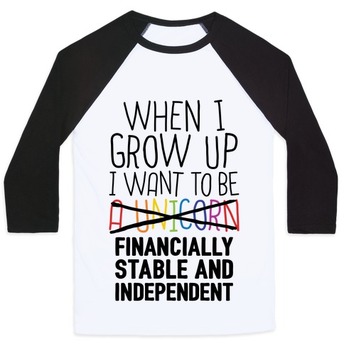 You never hear a kid say, “I want to be a fundraiser when I grow up”. Partly that’s because there’s no college major called “fundraising” and partly because children’s imaginations are captured the idea of what they will be doing. Most children have no idea what a professional fundraiser does. Young people are motivated to do something good in the world. Many have an interest in working for non-profits but they focus on the program side of things. Few think of fundraising as an exciting way to contribute to building good in our world. But the truth of it is that fundraising is an amazing career. Without fundraisers, many non-profits would struggle or cease to exist. Without fundraisers, the good that non-profit delivers would not be delivered. Those who benefit from those services and programs would go un-helped. Another thing for those starting their careers to keep in mind is that fundraisers make good living and we enjoy a little bit more job security than other positions because we can directly show that there is return-on-investment to our salaries. So, I talk about careers in fundraising all the time as a great option for young people. It’s rewarding personally and financially. There is much to be gained and much to contribute. 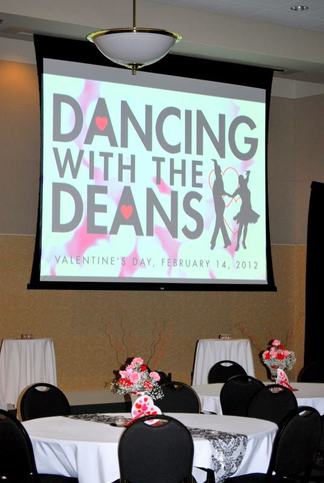 We work in a high pressure industry. If goals are not met, sometimes it means that a non-profit will close and those who depend on it will go without services or resources. That responsibility can be crushing. What are you doing in a systematic way to keep your office staff happy and motivated? What are you doing to show your donors that there is fun in giving? One of the key elements of a culture of philanthropy is “Expressions of fun, humor, and excitement surrounding the fundraising enterprise” as articulated by Dini Spheris, a leading national consultancy in fundraising. Where the joy in your fundraising plan? Lola Mauer, the Associate Vice President of Engagement and Giving at Ball State University, was the Director of Annual Giving at the University of South Carolina when I was there. Lola is a notorious prankster and more than once put fake dog poop and fake insects into callers’ chairs before shift. But I digress . . . Lola was the originator of an amazing event called Dancing with the Deans. The event was associated with their faculty and staff giving campaign which they called the Family Fund. It was a hugely anticipated event because – as you might have guessed – deans trained with professional dancers and competed in ballroom dance. This event was so fun that when Southern Miss launched their first ever faculty and staff giving campaign, I poached the idea and did the same thing. That was in 2012 and the tradition continues. What’s your Dancing with the Deans? Where's your fundraising joy? And while I’m at it, if you haven’t ever encountered Fundraiser Grrl, do yourself a favor and check it out. If you don’t laugh hysterically and share a post with a colleague within 5 minutes, I’ll be much surprised. There’s something every fundraiser can relate to. |
Jessica Cloud, CFREI've been called the Tasmanian Devil of fundraising and I'm here to talk shop with you. Archives
June 2024
Categories
All
|
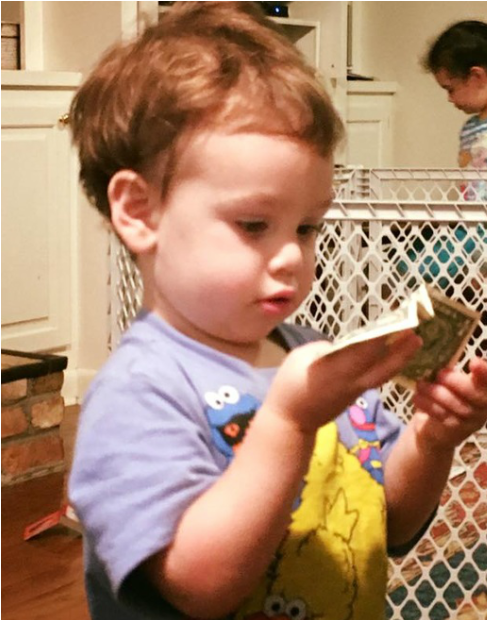

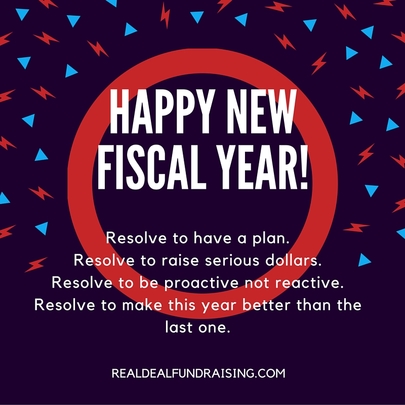
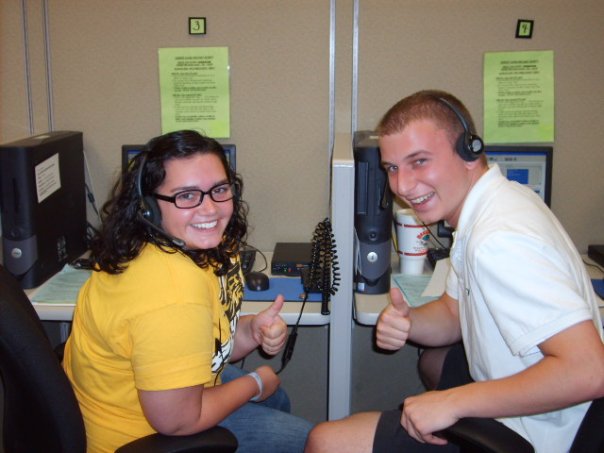
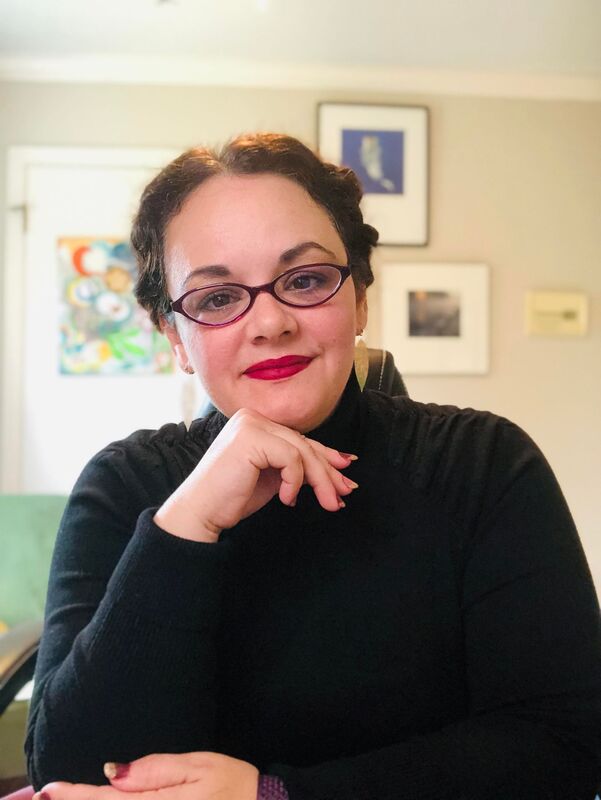
 RSS Feed
RSS Feed
